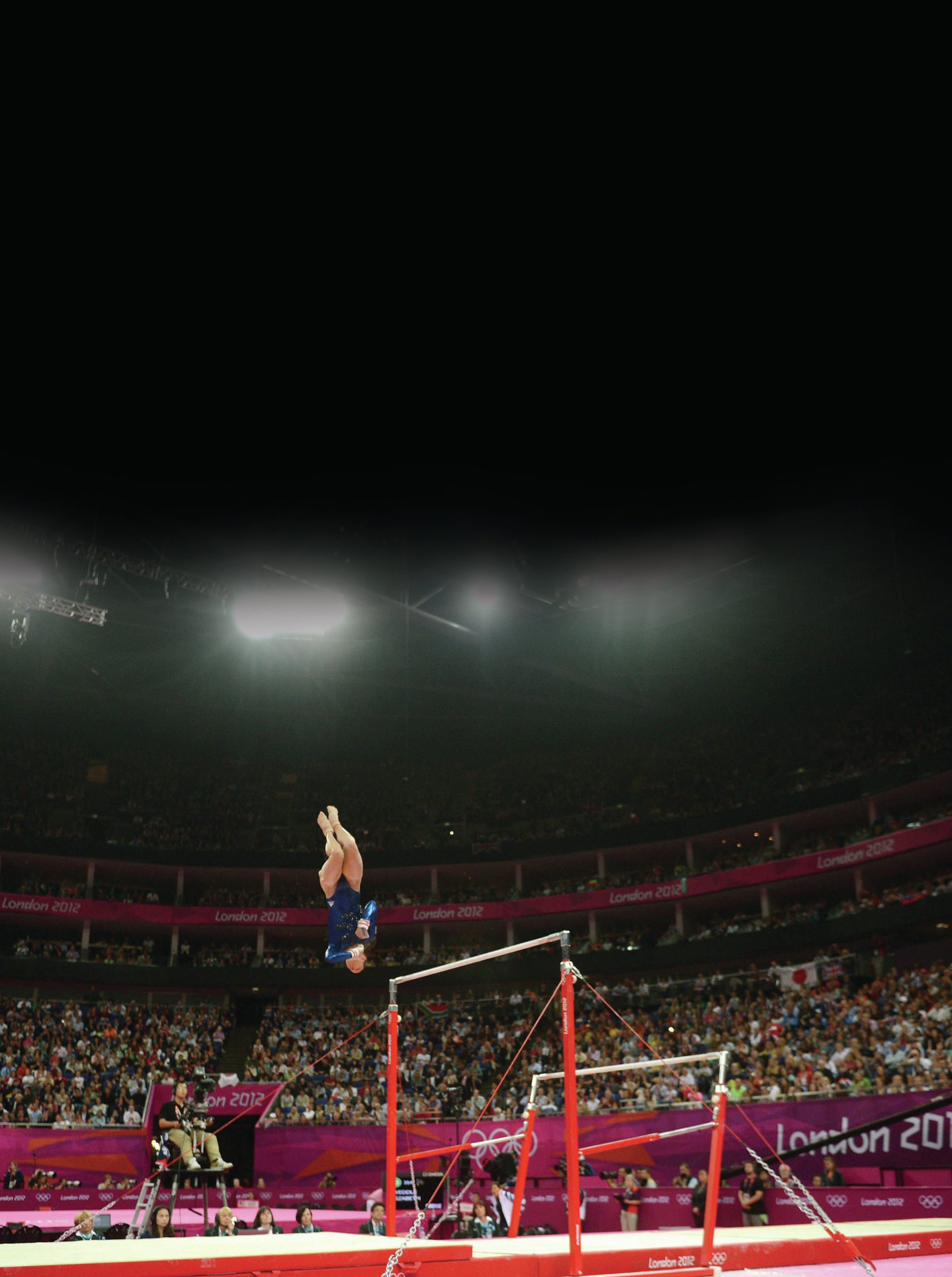
Most people with an interest in sport can recall the achievements of outstanding athletes. However, the most perceptive PE students tend to retain images of a broad range of specific skills they have witnessed. These snapshots are invaluable, not only to give colour and context to our sporting experiences but also to enable a private analysis of sporting performance. These reflections aid the formation of practical examples that, when used to support academic facts and with reference to balanced, active and healthy lifestyles, will help to improve your exam grade.
In 2013, an eyewitness account was given of a remarkable catch made by Australian wicketkeeper Brad Haddin in the third Ashes test at Old Trafford. While the media were complimentary about the full-length dive to secure the ball with one hand, they reported this to be an instinctive action and one that could not be learned. In contrast, you will have learned that all psycho-motor skills exhibited in sport are products of learning and conscious control.
Your organisation does not have access to this article.
Sign up today to give your students the edge they need to achieve their best grades with subject expertise
Subscribe




